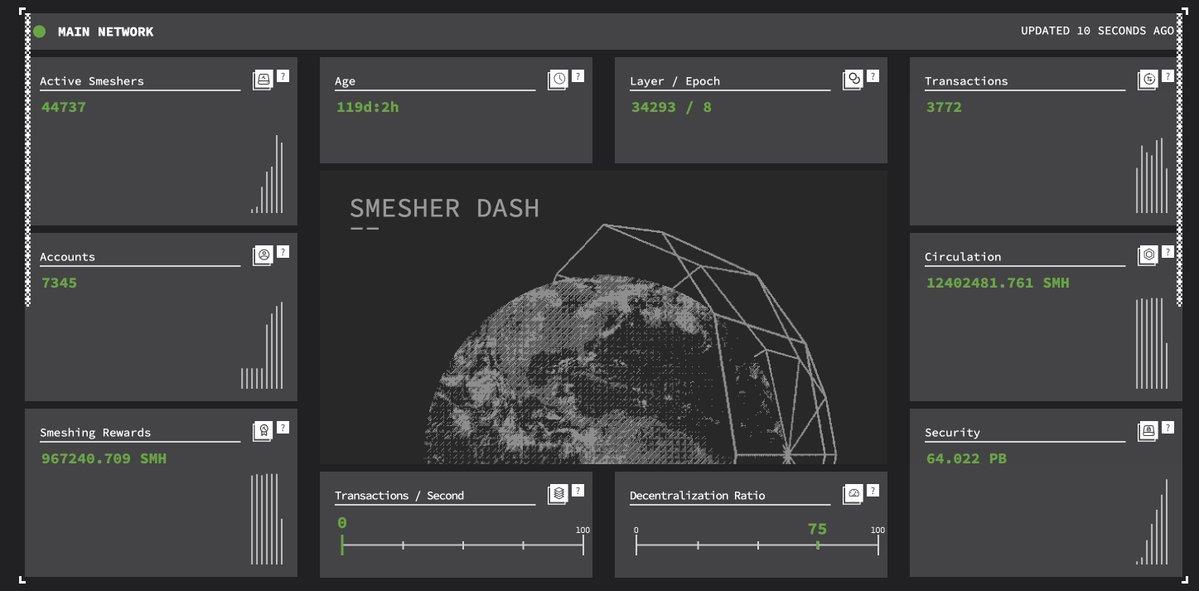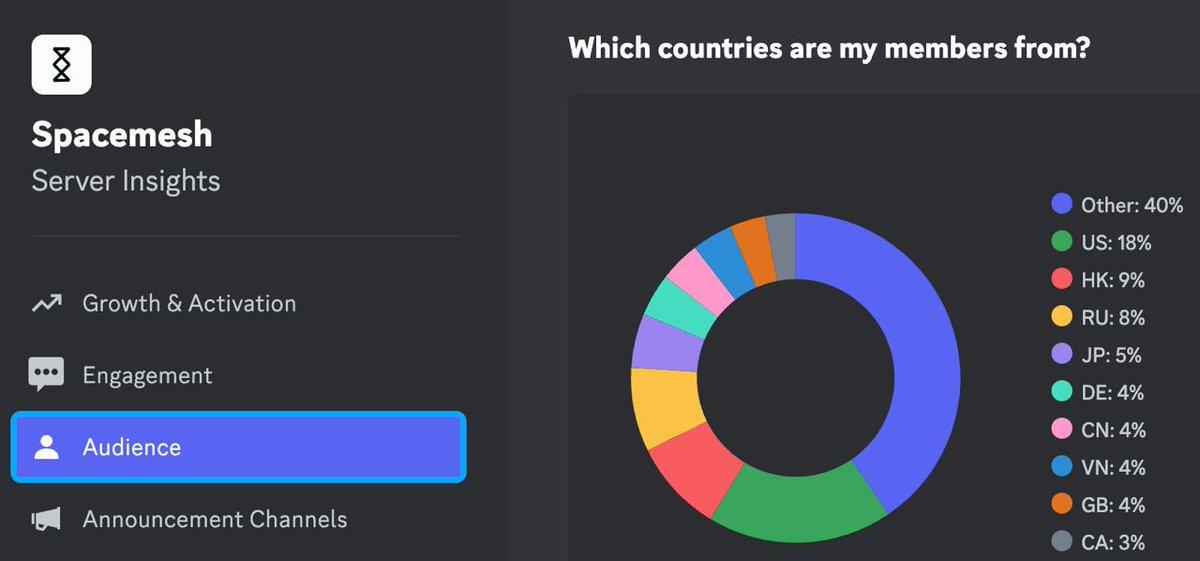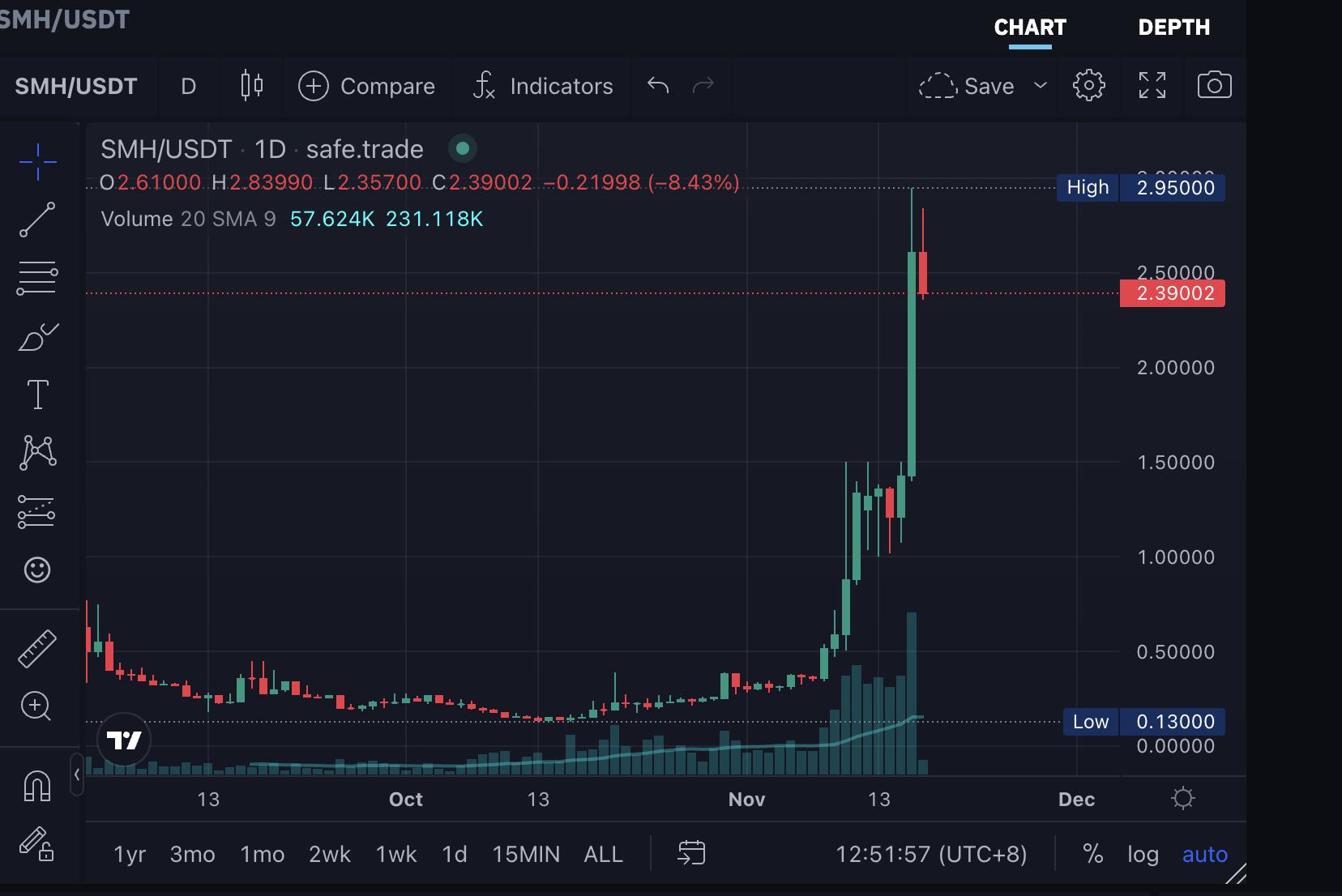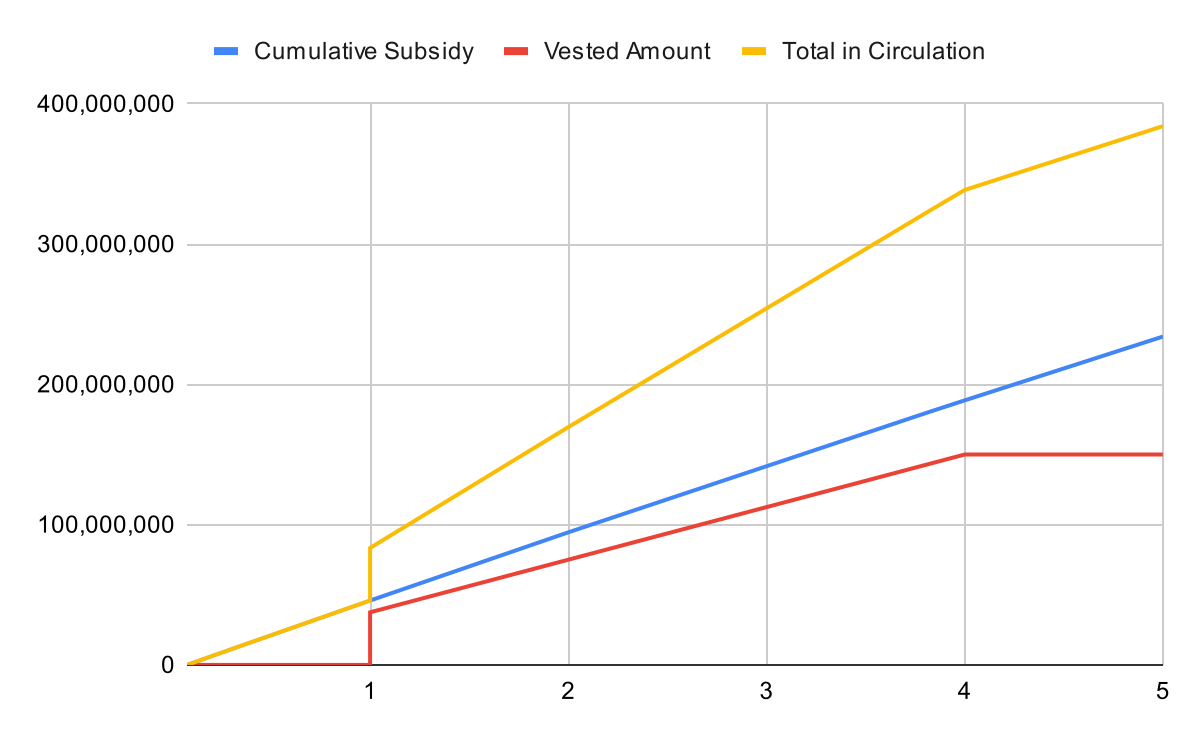Author: Deep Tide TechFlow

The blockchain structure introduced by Bitcoin is simple and elegant, and most other cryptocurrencies also use the same structure. However, these blockchains have some inherent flaws.
First, the consensus guarantee in blockchain protocols like Bitcoin relies on frequent time intervals during which only one block is created, and the length of this interval is limited by network latency. This essentially limits the transaction volume that this type of blockchain can support, as well as the frequency at which miners generate blocks.
This also leads to higher transaction fees, incentivizing miners to form more centralized mining pools to reduce the expected time and variance for them to receive rewards.
To overcome these issues, the blockchain field has proposed a DAG structure to replace the chain topology structure of cryptocurrency protocols. For example, early projects like IOTA and the currently popular KAS are some protocols where miners perform PoW calculations to create DAG blocks.

Second, the traditional PoW mechanism has inherent drawbacks because PoW itself leads to centralization due to the advantage of specialized hardware (ASIC) over general-purpose computing devices, which can easily lead to monopolies by mining machine manufacturers and environmental issues.
Ethereum has transitioned from POW to POS, but it still requires miners (stakers) to invest a large amount of capital to provide economic incentives, allowing the rich to get richer.
To address these two challenges, Aviv Eyal and Tomer Afek founded Spacemesh, a new blockchain network in Israel in 2017.
Spacemesh adopts a new consensus mechanism—Proof of Space-Time (PoST), which combines the protocol with real-world physical resources—storage space. Anyone with idle hard drive space can participate, and it uses a block mesh structure (layered DAG) to order transactions instead of a single blockchain.
No permission, no specific machine, low threshold—anyone can participate in mining, which is the biggest feature of Spacemesh. The Spacemesh team believes that PoST is more resource-efficient, easier to achieve decentralization, and more secure than Proof of Work (POW) and Proof of Stake (POS).
The minimum requirements for running a node are as follows:
CPU: Intel or AMD x86-64 or 64-bit ARM, including Apple Silicon (but not including Raspberry Pi), with a memory of 1GiB or more.
Operating System: Windows 10/11, MacOS, Ubuntu 22.04+, or Fedora 36+.
Disk: Should have 50GiB of available disk space.
Speed: A consistently online and unrestricted internet connection with a download speed of at least 5 Mbps and an upload speed of at least 1 Mbps.
More requirements can be found on the official website.

In addition, the project does not encourage the purchase of specialized equipment for mining, as it cannot guarantee that users will be able to recoup their investment. Spacemesh recommends that users run based on the available hard drive space they already own.
To ensure that the Spacemesh network is not taken over by attackers, the system employs a mechanism based on a period of time for allocating space to Smeshers. To be eligible to participate and receive rewards, individuals must prove that they indeed have the required storage capacity over a period of time.
This consensus mechanism may remind you of a past project—Chia, which also uses hard drive mining. Chia mining mainly creates "plots," which occupy hard drive space and participate in block generation through space and time proofs.
The Spacemesh mining process is similar to CHIA, using P-plotting (using CPU or GPU to fill the hard drive with hashed data through a unique algorithm, a process called P-plotting). The larger the space, the greater the reward, and the P-plotting speed depends on the threads.
However, according to investors who have participated in specific mining, the P-plotting speed of Spacemesh is relatively slow, and the bottleneck is not the hard drive space, but the number of GPUs.
In addition to the PoST consensus mechanism, Spacemesh also combines DAG to ensure the security and high scalability of the decentralized network.

Team and Financing
Founder of Consensus Protocol: Professor Tal Moran, Israeli, with a relevant Ph.D. from Harvard postdoc.
Team Members: Aviv Eyal, co-founder, with rich experience in building full-stack systems and constructing startups; Tomer Afek, co-founder and CEO, with deep expertise in advertising and investment fields.
In May 2018, in the early stages of its establishment, Spacemesh attracted $3 million in seed funding from companies such as BRM Group, iAngels, Alignment, and Bancor due to its unique nature. In September 2018, Spacemesh received a $15 million investment led by Polychain. Other investors include MetaStable, Paradigm (Matt Huang and Fred Ehrsam's new fund), Coinbase Ventures, Bain Capital, 1kx, Arrington XRP Capital, DHVC, Gumi Crypto, Electric Capital, Collaborative Fund, Jack Herrick, and others.
In December 2021, Spacemesh received an additional $4 million in new financing, with investors including Leland Ventures.
Overall, this is a project with an Israeli background that has gone through two funding rounds.
Unlike mining projects led by others, the Spacemesh community's distribution is diverse:
United States: 18%; Hong Kong: 9%; Japan: 5%; Germany: 4%; China: 4%; Vietnam: 4%; United Kingdom: 4%; Canada: 3%; Other regions: 40%.

Vision: The People's Coin
When you open Spacemesh's official website, the first thing that catches your eye is a loud slogan—On a quest to become the people’s coin!
Spacemesh co-founder Tomer Afek once said, "Spacemesh's low entry barrier and incentive compatibility have sparked the original decentralized vision that began with the birth of Bitcoin."
In pursuit of this vision, Spacemesh chose to officially launch its mainnet on July 14th, the historical day of the storming of the Bastille by the people of Paris, which is also the French National Day.
When reading Spacemesh's documentation or official blog, one can clearly feel the "artistic" or even "edgy" nature of this team. For example, in the article "You and I Can Change the World", Spacemesh boldly declares its refusal to be systematized, its resistance to authority and establishment:
"We may not be able to change the world alone, but change always starts with our choices.
We matter, our voices matter, our decisions matter, we are not just cogs in the 'system'."
This also gives Spacemesh a hint of a MEME component. In terms of technical development, Spacemesh has already released their technical roadmap (2023-2026+), covering 5 phases, including designing a comprehensive virtual machine, ecosystem development, and testing on mobile devices. For example, the project aims to enable Spacemesh to run on various devices, including smartphones.
However, the project team also stated that this roadmap is not set in stone; it is a dynamic document that will evolve over time.
Project Token: SMH
SMH is the native token of the protocol, and it recently experienced a significant surge. On November 10th, the price was at $0.55, and by November 17th, it had soared to $2.40, a more than 3x increase in just one week.

The token supply limit for SMH is 2.4 billion, to be issued over 941 years, with 2.25 billion tokens (94.75%) allocated to Smeshers (Spacemesh miners), with no pre-mining.
Additionally, 150 million tokens (6.25%) will flow into the "treasury" of early investors and the team, with no initial release, gradually released after one year, and fully released within three years.
This means that in the first year, only tokens held by miners will be in circulation in the market. However, by the fourth year, tokens held by the team and investors will account for nearly 40% of the circulating supply at that time, gradually shifting the narrative away from miners. By the tenth year, tokens held by the team and investors will represent 25% of the circulating supply at that time.
Unlike Bitcoin's halving every four years, Spacemesh's halving cycle is approximately 29 years, about 7.3 times slower than Bitcoin. The last complete Bitcoin will be issued around 2140, but the last Spacemesh coin will be issued around 2899.

Overall, the rise of Spacemesh represents a challenge to the traditional blockchain structure. By introducing the PoST mechanism, Spacemesh has broken the limitations of traditional mining, allowing home desktop computer users to participate in the mining and consensus process of the blockchain without the need for special hardware devices, making the blockchain more inclusive and more accessible to ordinary people.
免责声明:本文章仅代表作者个人观点,不代表本平台的立场和观点。本文章仅供信息分享,不构成对任何人的任何投资建议。用户与作者之间的任何争议,与本平台无关。如网页中刊载的文章或图片涉及侵权,请提供相关的权利证明和身份证明发送邮件到support@aicoin.com,本平台相关工作人员将会进行核查。




